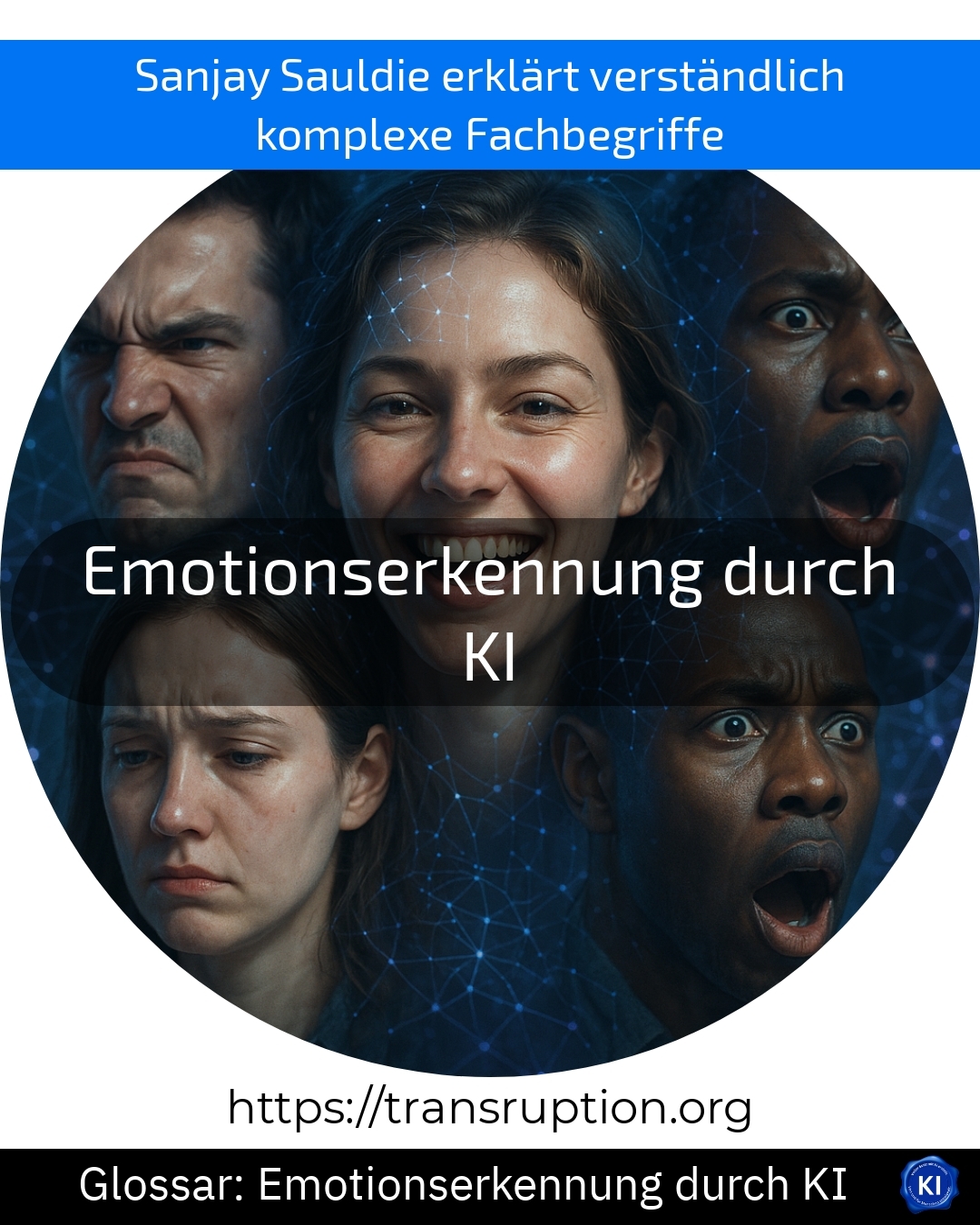Emotion recognition through AI is particularly relevant in the areas of artificial intelligence, digital society and HR work & teams. This involves computers being able to recognise people's feelings using artificial intelligence - for example, whether someone is happy, sad or angry.
How does it work? With the help of algorithms, intelligent systems analyse, for example, faces in photos or videos, the tone of voice or even written texts in emails or chats. The AI compares this data with patterns that it has learnt from a large number of examples and then makes an assessment as to which emotion is present.
A typical example is a company's customer service: AI can be used to recognise emotions immediately when a customer is particularly dissatisfied or stressed. This allows employees to respond in a more targeted manner and solve the problem before it becomes a major annoyance.
This technology is also used in HR management, for example to better assess the mood and credibility of applicants in job interviews. In this way, emotion recognition through AI helps a wide range of areas to better understand and take account of human feelings.















